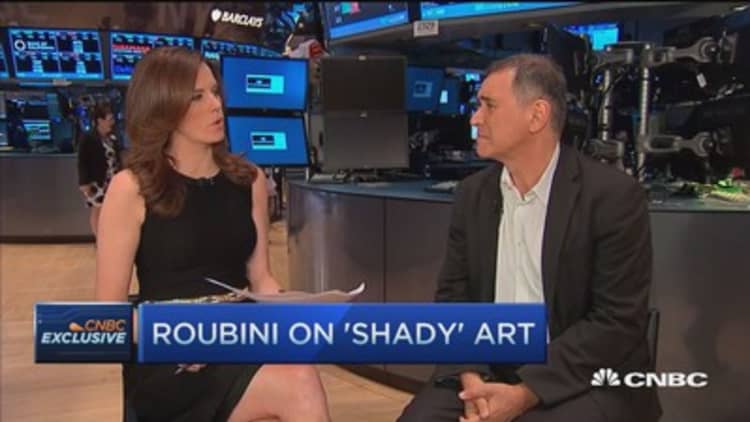While low benchmark rates around the world have led to more economic liquidity, they have also been linked to "severe market illiquidity," Nouriel Roubini, co-founder of financial analysis firm RGE Monitor, said Monday in an op-ed published on The Guardian.
This "paradox," Roubini explained, has become apparent during several events over the last few years, including the "flash crash" of 2010, an event which saw U.S. stocks plummet nearly 10 percent in 30 minutes, the taper tantrum of 2013 and the almost-instant rise of 10-year German bund yields from 5 basis points to nearly 80 last month.
The economist also said this divergence between economic and market liquidity has been caused by a number of factors, including the rise of high-frequency traders.

"In equity markets, high-frequency traders (HFTs) ... account for a larger share of transactions," he said. "Indeed, trading in the U.S. nowadays is concentrated at the beginning and the last hour of the trading day, when HFTs are most active; for the rest of the day, markets are illiquid, with few transactions."
Read MoreWhy the Fed may be forced to raise rates
"This combination of macro liquidity and market illiquidity is a time bomb. So far, it has led only to volatile flash crashes and sudden changes in bond yields and stock prices. But, over time, the longer central banks create liquidity to suppress short-run volatility, the more they will feed price bubbles in equity, bond and other asset markets," he added.
Click here for the full report.


